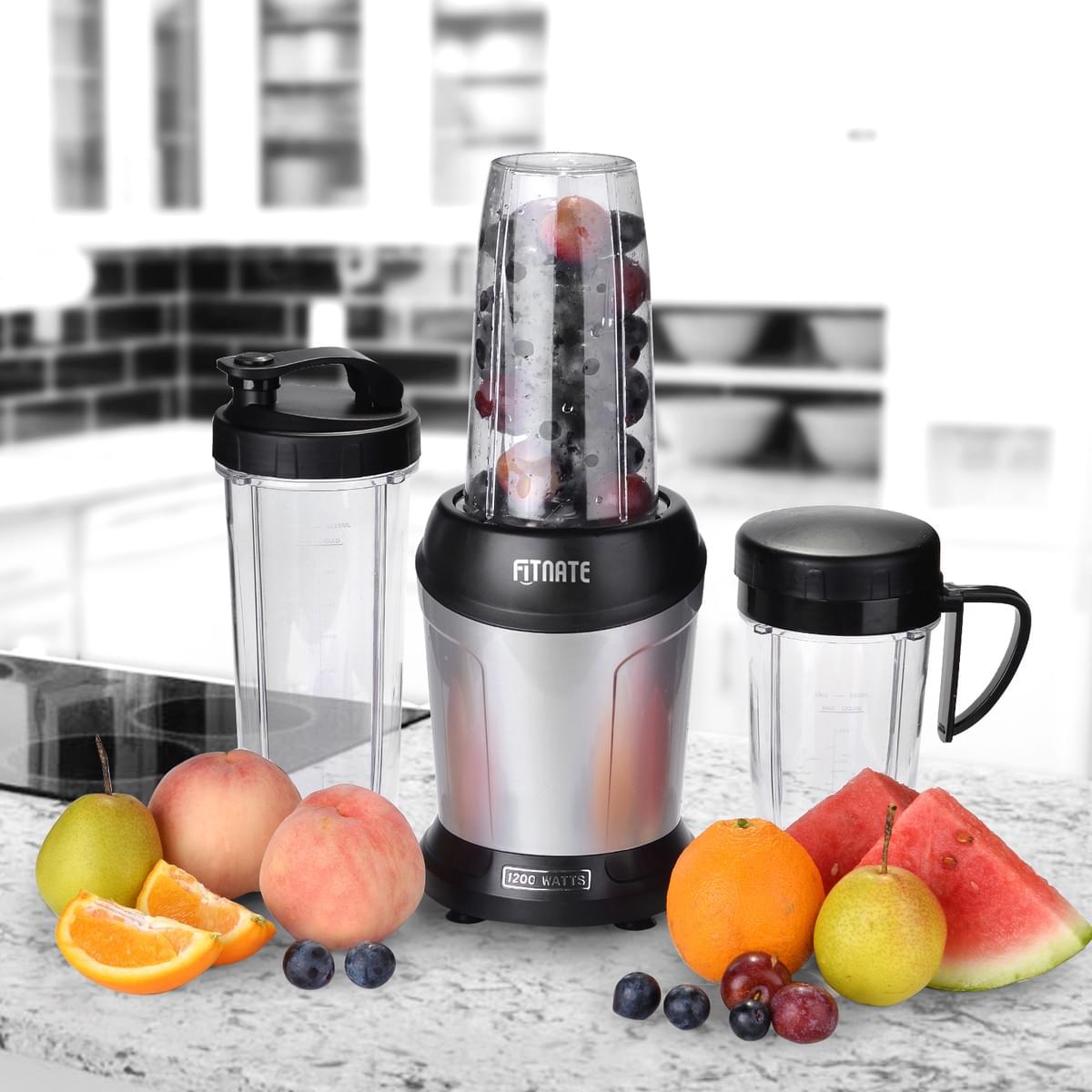
Do you like to blend? My blender is in constant use, whether it's whipping cream, mixing pancakes, or making sauces and dressings. I use it every day and am constantly grateful for the fact that I have two blender cups, other wise I would be lost! My favorite use of the blender is as a smoothie maker; I can throw in any fruit we have, add some fruit juice or yogurt, and know the result will be something that's good for me as well as tasting delicious. But blenders aren't the last word when it comes to healthy drinks from fruit and vegetables. That position belongs to a completely different kitchen appliance, the juicer. Despite the fact that they are very different, many people seem to get these helpful kitchen gadgets confused, so when should you use one and when the other?
The big difference is in the mechanism. A blender depends on spinning blades to reduce the fruit to pulp and release some juice in the process. The basic laws of physics apply, what goes in, comes out, just in a different form. Nothing is separated, the fruit is just turned into pulp. If you put fruit into your blender with it's skin on and seeds still inside, the result will still contain that skin and seeds, just chopped up very small. Many people mention that this is one thing they don't like about smoothies, that the fiber of the fruit is retained in the drink, something which is especially obvious with berries. These are very often used as the basis for smoothies, yet many children don't like the texture of the result.
There are many types of juicers and many different mechanisms, but all work to separate the juice from the fiber leaving no pith, peel seeds or skin. The result is a smooth juice and contains no lumps. Nutritionists believe that as the juice is separated from the fiber, the nutrients in the juice are easier to absorb and more readily available to the body, so while smoothies may set you on a healthy path, use a juicer, and you've arrived.
Sadly for the household budget, the ideal kitchen would contain both of these devices. The juicer to provide pure juice with no contaminants, preservatives, colorings or extra sweeteners, the blender to create a delicious mixture of fruit juices or juice and other items, such as ice cream, yogurt or milk.
While a juicer can't get juice out of a banana (they have none) it can extract juice from some apparently unlikely sources including carrots, spinach, cucumber, apples and celery as well as wheat grass, but what happens to the pulp that's left over? There's no need for that to go to waste. Plan a glass of carrot (or carrot and zucchini) juice for breakfast, and as well as the juice you'll have pulp which can added to bread mix to make muffins, or vegetable soup later in the day. Almost every type of fruit pulp makes a really tasty addition to cookies or muffins.